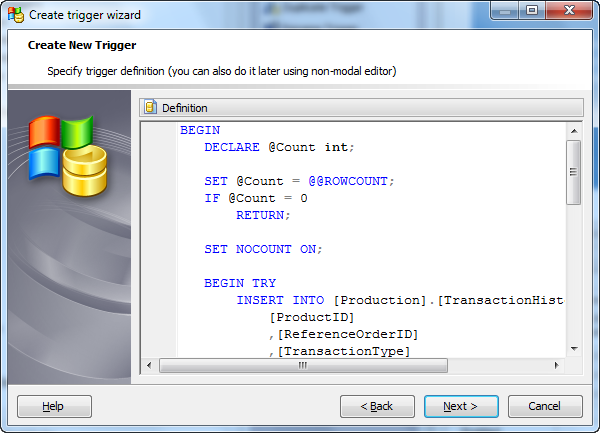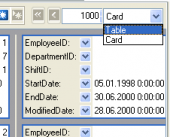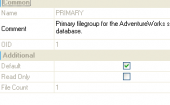MS SQL Maestro online Help
| Prev | Return to chapter overview | Next |
Create Trigger Wizard
Create Trigger Wizard guides you through the process of creating of a new table trigger.
The basic principles of Create Object Wizards in MS SQL Maestro are explained in a separate topic. Below you will find a description of wizard steps that are unique for the current object.
Specifying trigger properties
To define a new trigger, you need to set its.
Comment
This field contains a comment to the table trigger.
Execute As
Specifies the security context under which the trigger is executed.
Type (After, Instead of)
Specifies the trigger type.
After: the trigger is fired only when all operations specified in the triggering SQL statement have executed successfully.
Instead Of: the trigger is executed instead of the triggering SQL statement, therefore, overriding the actions of the triggering statements.
Events
One of Insert, Update, or Delete; this specifies the event that will fire the trigger.
 Enabled
Enabled
If checked, the trigger is enabled.
 Not For Replication
Not For Replication
When checked, it is indicated that the trigger should not be executed when a replication agent modifies the table that is involved in the trigger.
Specifying trigger definition
Here you can specify the trigger definition. Specify the trigger steps to be executed when the trigger fires. The step is optional: you can do it later using a non-modal editor.

| Prev | Return to chapter overview | Next |





 Download
Download Buy
Buy
